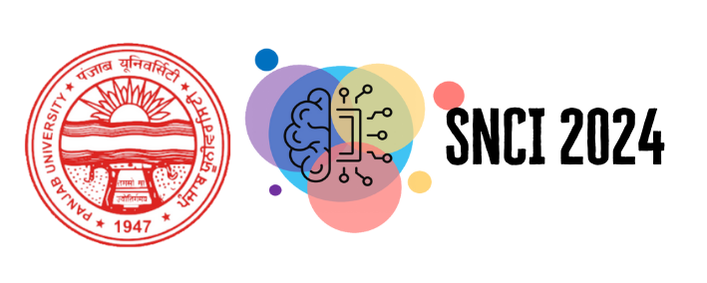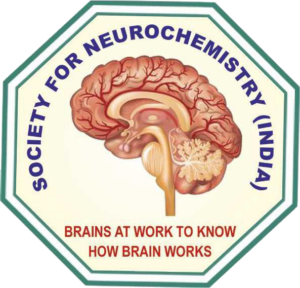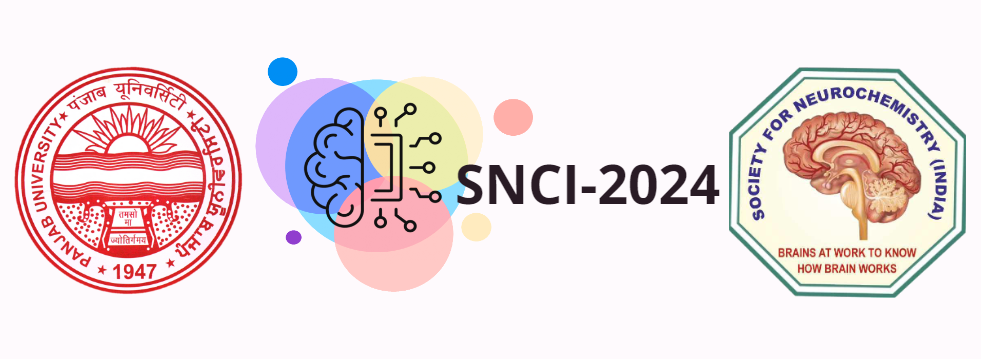SEO MDN Web Docs Glossary: Definitions of Web-related terms MDN
Unpaid search engine traffic may originate from a variety of kinds of searches, including image search, video search, academic search,3 news search, and industry-specific vertical search engines. To rank prominently for your target keywords, you need to create quality content—accurate and original content that satisfies search intent. Video SEO is the process of creating and optimizing videos for maximum visibility in search results. This includes results on search engines like Google and video platforms like YouTube.
Keyword optimization
It should be easy for visitors to navigate and read your site from their desktop and their mobile phones. Years ago, there has been a heated debate on which of these two methods work faster in increasing your page rank- white hat SEO or black hat SEO tactics. Visitors take time to engage with your content or if they leave your site quickly, SEO Anomaly also known as bouncing. However, there are also several factors that are off-page, meaning they are influenced by your visitors or readers.
User Experience
- The more likely they will be to recommend your website or post to relevant search engine users when they look for keywords that are relevant to your product or service offering.
- Without SEO, we’d have to spend over $0.5M on ads to get that traffic.
- Typically people focus on appearing in Google, but there is also Bing.
- Don’t be fooled by its placement at the end—this step is just as critical as any on-page tactic.
They then use algorithms to rank these pages, placing the most relevant and high-quality results at the top of the SERP. SEO is the process of improving your website so that it ranks higher in search engine results for certain keywords. Typically people focus on appearing in Google, but there is also Bing. After implementing on-page SEO techniques it’s useful to review your strategy and monitor results over time to ensure your practices are working. Changes can take a few months to take effect and algorithms change regularly. It’s advisable to look at your SEO rankings routinely even if you rank highly in search.
There’s a high chance you can improve the CTR by writing a better title tag and meta description for the page that ranks for the query. As we’ve mentioned in the previous chapter, the title tag and meta description of a page is a good place to put your focus keyword. Title tag and meta description are HTML elements that represent the title and description of the page. They are displayed in the search results or when the page is shared on social media. Putting your focus keyword in the title tag (and, to a lesser extent, in the meta description) is very important. By focusing on various search intent types (including the informational one) you’ll be able to target various stages of the buyer’s journey.
When you provide them with valuable information, you present yourself as knowledgeable and authoritative. When you conduct keyword research, you’ll want to focus on long-tail keywords. Keyword research will help you generate a list of potential keywords that will help drive leads to your business. The “optimization” portion of the SEO acronym is extremely crucial to your business’s success. If you don’t optimize your pages, you won’t appear in the search results.



